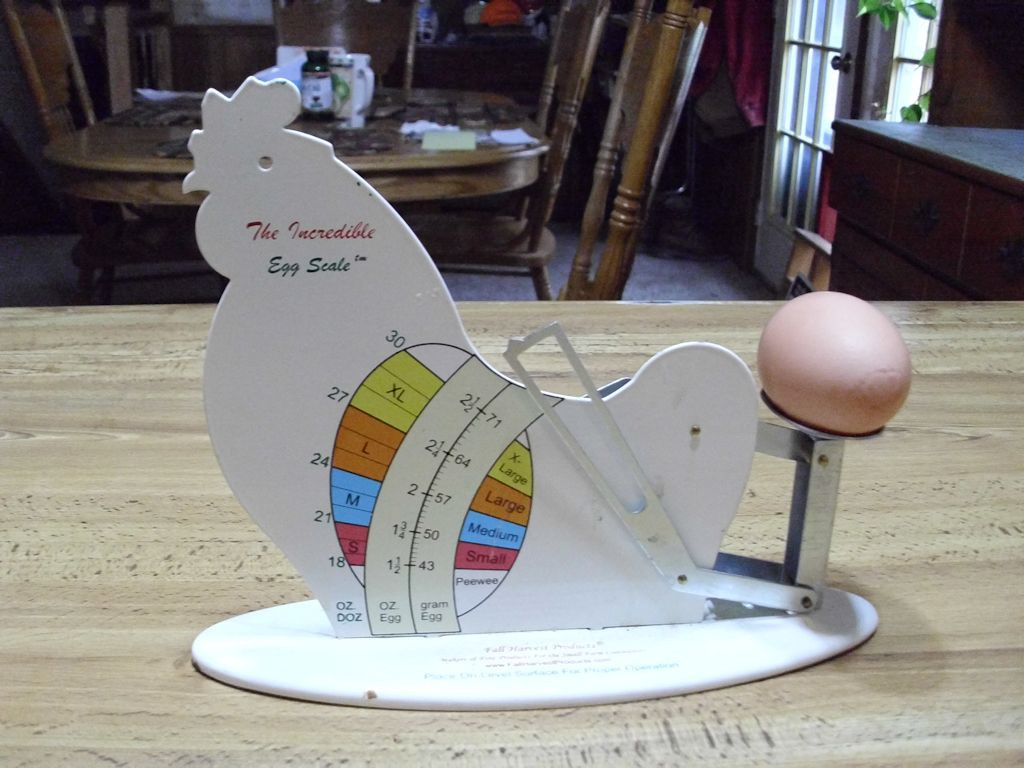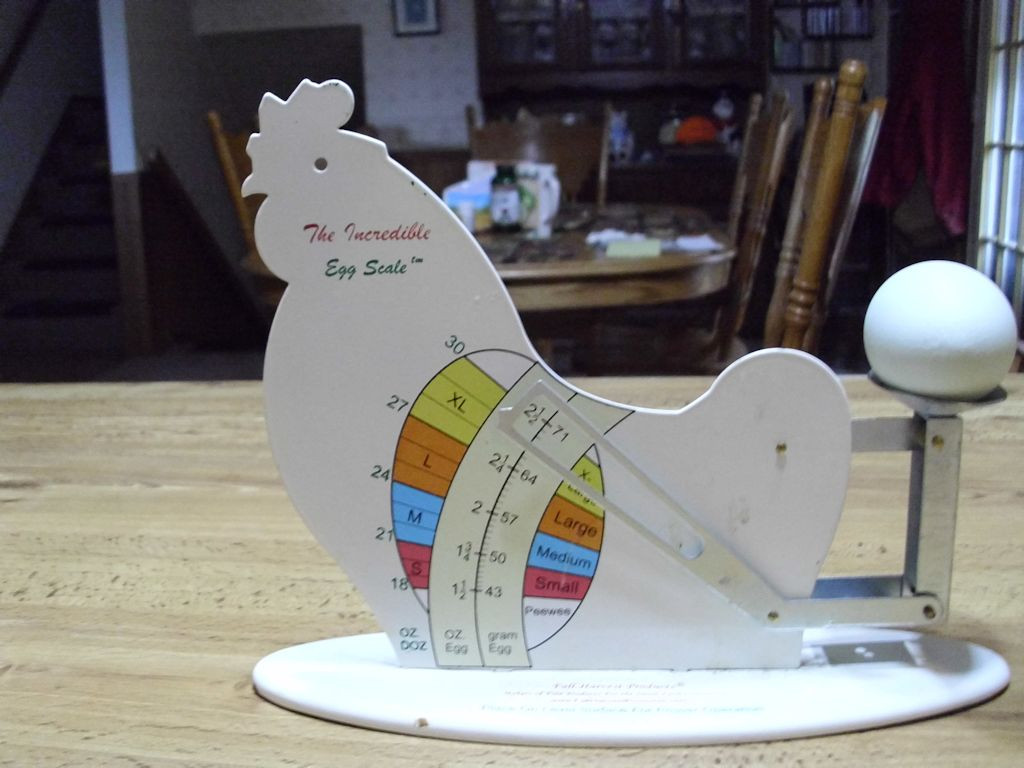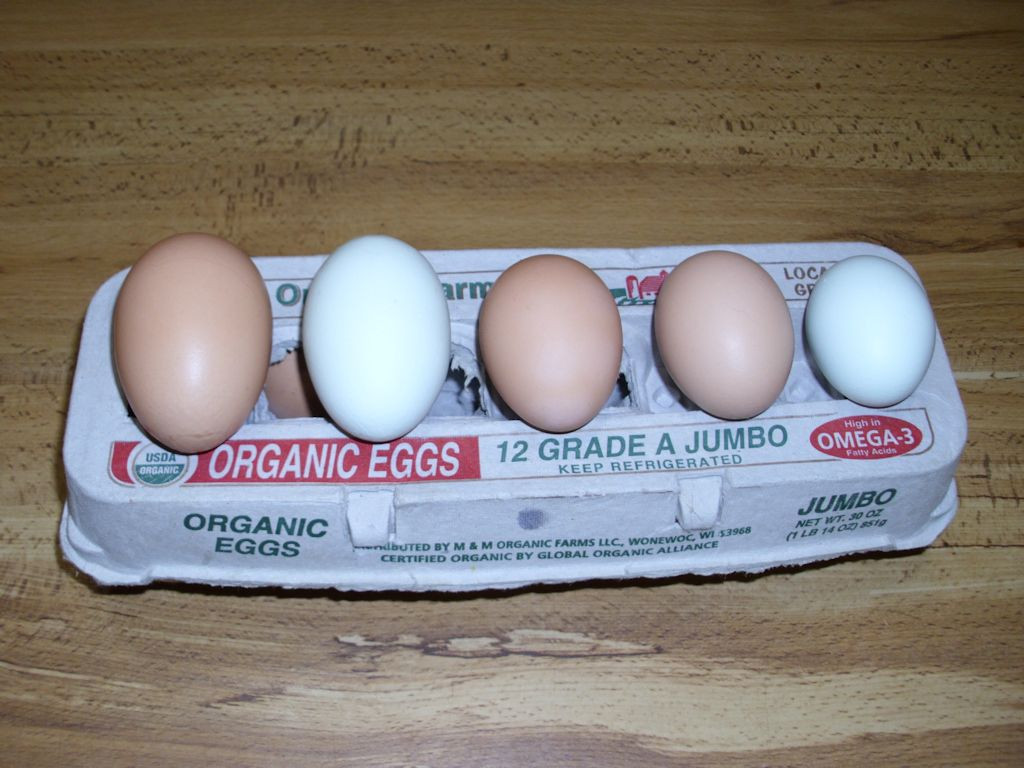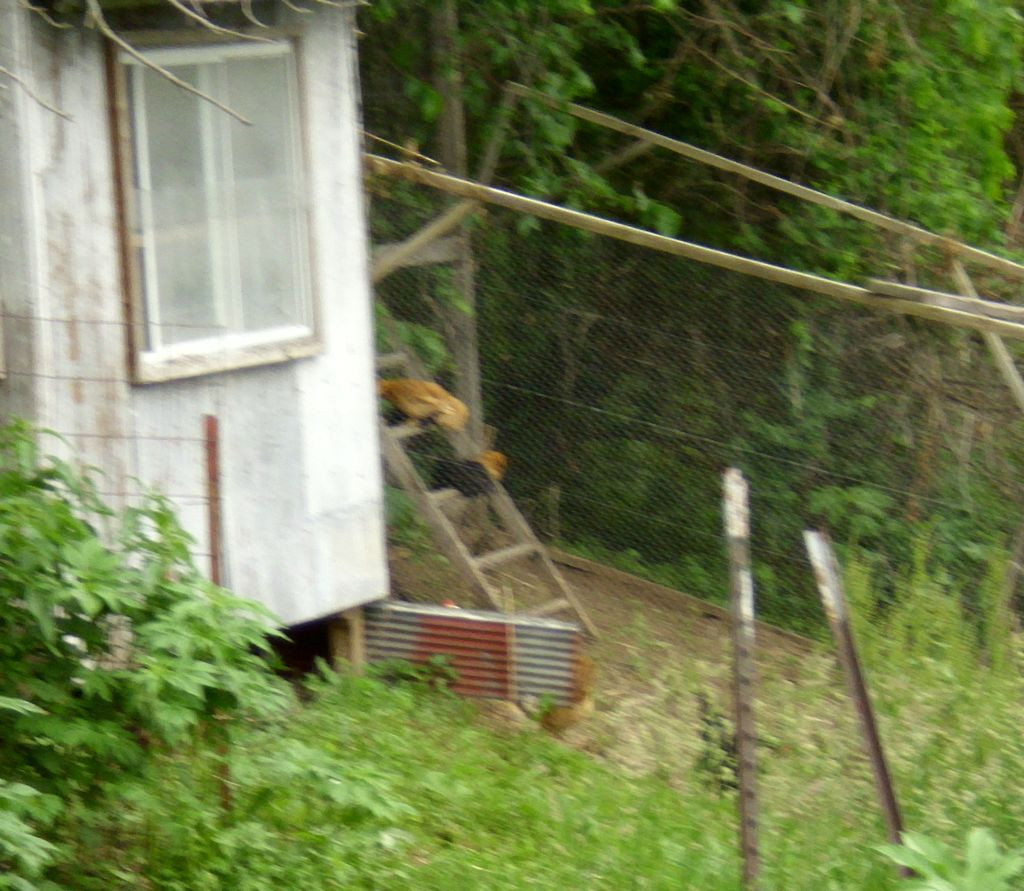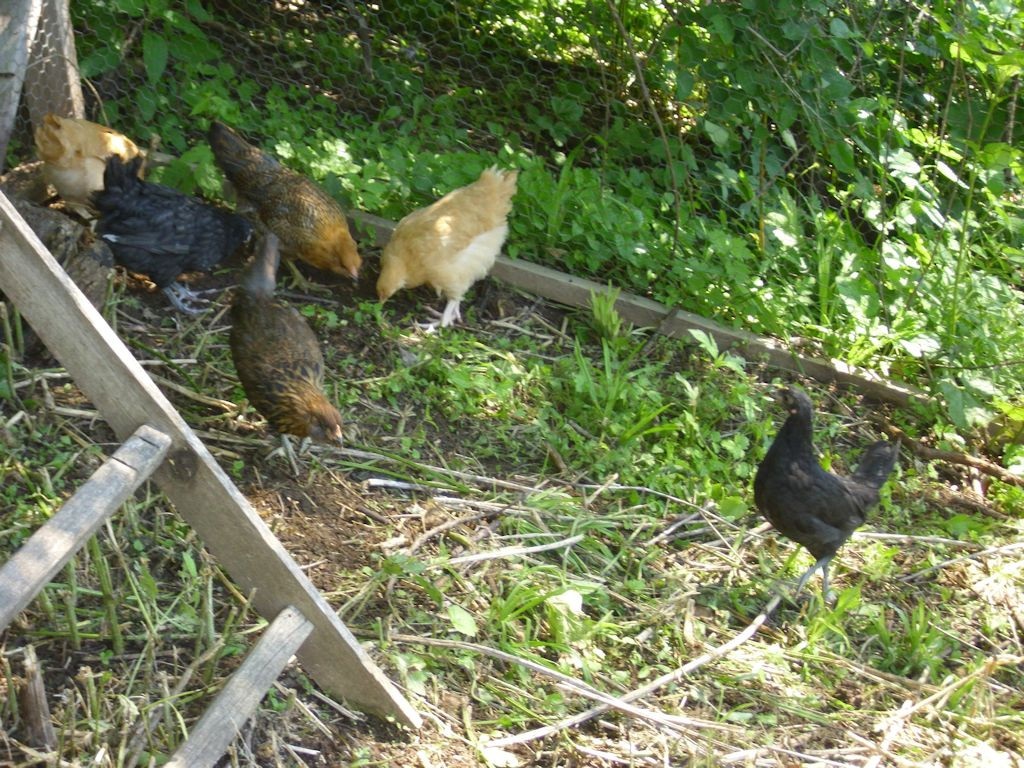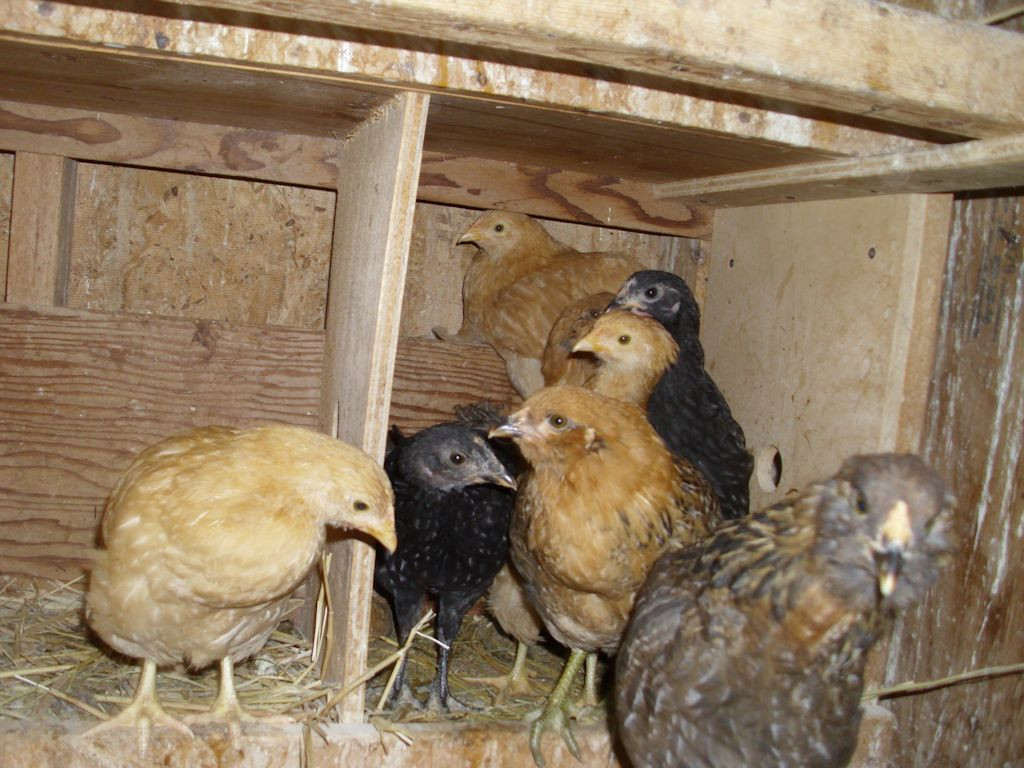The chicks continue to grow. Unlike meat chickens, however, they grow at a glacially slow pace at times. This growing period is important to the chicks because they’re building strength, stamina, and skills. Part of this process involves mock fights.
The fights really are mock. If you watch them long enough, you see that the birds barely touch each other and they don’t actually use their talons. (I tried getting a picture for you, but would those hens cooperate? I think not!) What it looks like is that the two chicks fly up and touch beaks—a sort of a kiss. They use their wings as well, but not with nearly the same ferocity as used in a real fight. Unfortunately, while this skill will help with some animals (see Possum’s Surprise for details), it doesn’t do anything to help the chicken when it comes to hawks, weasels, raccoons, and other odd assorted animals. When the fight is over, it’s not uncommon to see the birds pile on top of each other somewhere in the run to rest for a while.
The mock fights do build strength and stamina. However, they serve the important purpose of helping to establish the pecking order and to also create a bond between hens. The pecking order is essential because only one hen can lead. The lead hen right now is Violet, but she could lose her place at any time to a worth adversary. As the chicks grow older, the mock fights will become real fights that could become a problem, except for the order established by the lead hen. She settles the disputes in the coop.
Bonding between hens is essential. It’s important though not to confuse chicken bonding with human bonding. Yes, laying hens are smarter than meat chickens, but they aren’t all that smart. You can teach them certain behaviors, but they work mainly on instinct. The lead hen can only lead because the rest of the hens are bonded to her and are willing to be led by the strongest and most knowledgeable hen in the coop. When you see hens outside the coop, the lead hen is normally there to establish the route they take and the other hens cluster around her. The act of bonding makes it less likely that a predator will get all of the hens—just the unfortunate hen that is attacked first.
The chicks are using their new found camaraderie to make a place for themselves in the coop. I noticed the other day that the other hens don’t try to get at all the food dishes any longer. The chicks have taken the smallest dish for themselves. The older hens will try to come around at times, but the chicks have started to gang up on the hens and chase them away from their food. At some point, it’s inevitable that there will be more real fights in the coop as the chicks establish themselves more fully in the pecking order.
I doubt that the Buff Orpingtons will attempt to gain much status. They’re gregarious birds that don’t appear to care about much except getting their fair share of the food. The new Americaunas will probably fight for some level of status with the existing Americaunas and the one remaining Buff Orpington. However, the Barred Plymouth Rock seems to show the kind of aggression needed to eventually take on Violet. I don’t see it happening until sometime next year though.
Watching your chicks carefully is important. You need to know that they’re adjusting to their new lives in the coop and that they’re healthy. Mock fights are an important part of the growing process and you shouldn’t try to stop it. Actually, some of them are hysterical. Two of the chicks engaged in a mock fight this morning, lost their footing, and rolled down to the bottom of the run. Just a bit dazed, they got up, fell into a heap, and then promptly fell asleep with the rest of the chicks around them. Let me know your thoughts on mock fights at [email protected].
